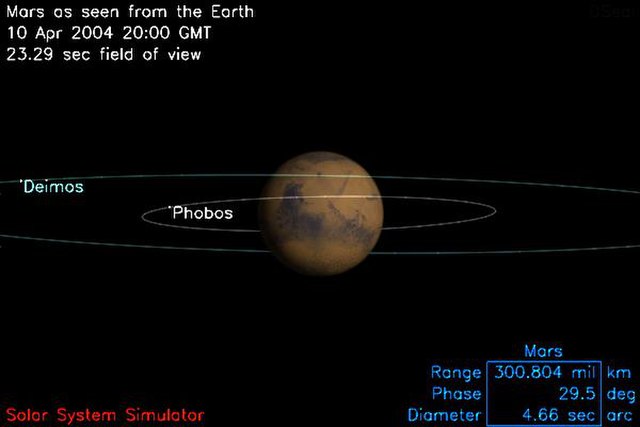
The UAE Hope spacecraft has reached uncharted territory that no other device has been able to explore before. The team behind the Emirates Mars Mission shared new data and images on Monday that reveals an unknown aspect of Deimos, a smaller moon of Mars, and provide evidence of its peculiar origin.
The Emirates Mars Mission (EMM) reports that their probe, called “Al-Amal” or “Hope” in Arabic, came as close as 110 kilometers (68 miles) to Deimos, a small rocky object shaped like a bean that is only 12 kilometers wide.
The spacecraft used instruments that measure infrared and ultraviolet wavelengths to send back to Earth the most precise images and observations of Deimos ever obtained.
Details About Hope Probe
Since February 9, 2021, the Hope probe, more commonly known as the Emirates Mars Mission, has been circling around Mars. Its main mission is to examine the Martian climate and atmosphere, with a particular emphasis on understanding the weather patterns and climate shifts on the planet.
From time to time, the Hope team utilizes the Emirates eXploration Imager (EXI), a high-resolution camera on the spacecraft, to capture photos of the planet’s moons from orbit.
Newly Released Images by the Hope Probe
The newly released images, taken by the Hope probe’s EXI camera, reveal a large indentation on the far side of Deimos, the area of the moon that is away from Mars and remains largely unexplored.
Additionally, a few pocketed areas of craters of varying sizes are observed. During the series of fly-bys, the Hope orbiter came as close as 100km (62 miles) to the surface.
Impact Capture Hypothesis
Scientists have a popular hypothesis about how Deimos, along with its companion moon Phobos, was created. They believe that a huge impact event occurred billions of years ago, which resulted in the formation of these two moons.
This theory is known as the “impact capture” hypothesis, which suggests that Phobos and Deimos were once asteroids and were captured by the gravity of Mars, which made them the moons of the planet.
Hope’s science lead, Hessa Al Matroushi said, “How exactly they came to be in their current orbits is also an active area of study, and so any new information we can gain on the two moons, especially the more rarely observed Deimos, has the potential to unlock new understanding of Mars’ satellites.”
He further said, “Our close observations of Deimos so far point to a planetary origin rather than reflecting the composition of a type D asteroid as has been postulated.”
More Fly-bys to Come in Future
In the coming years, the Hope team plans to conduct more fly-bys of Deimos, which will help scientists better understand the origin of this mysterious moon. These additional fly-bys are scheduled to take place throughout 2024.
See all the latest news from Greece and the world at Greekreporter.com. Contact our newsroom to report an update or send your story, photos and videos. Follow GR on Google News and subscribe here to our daily email!



